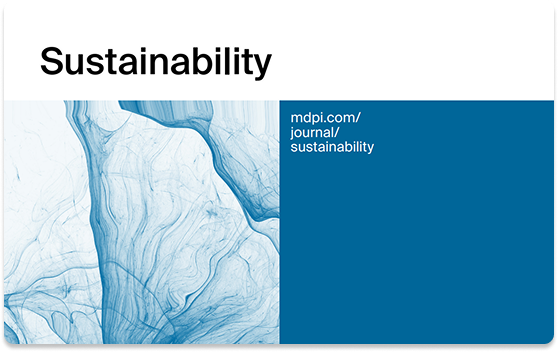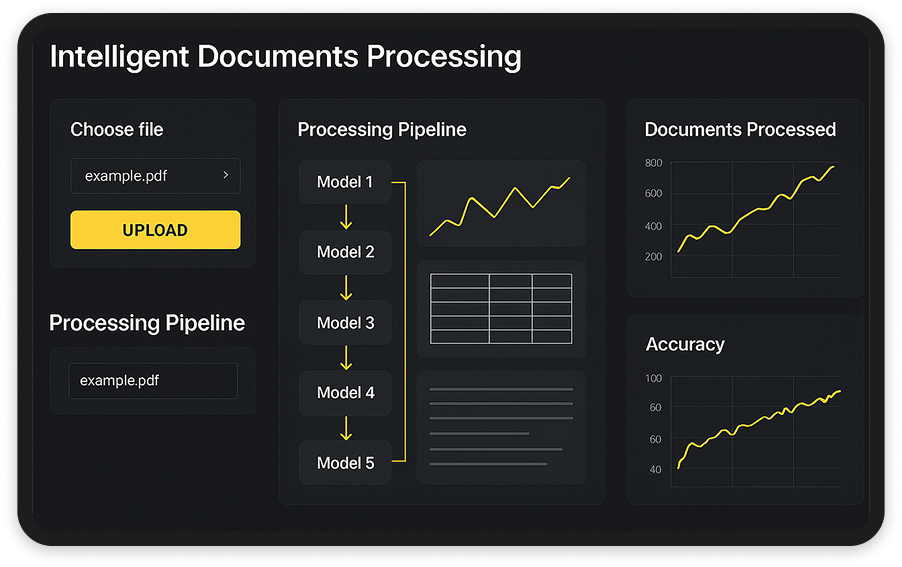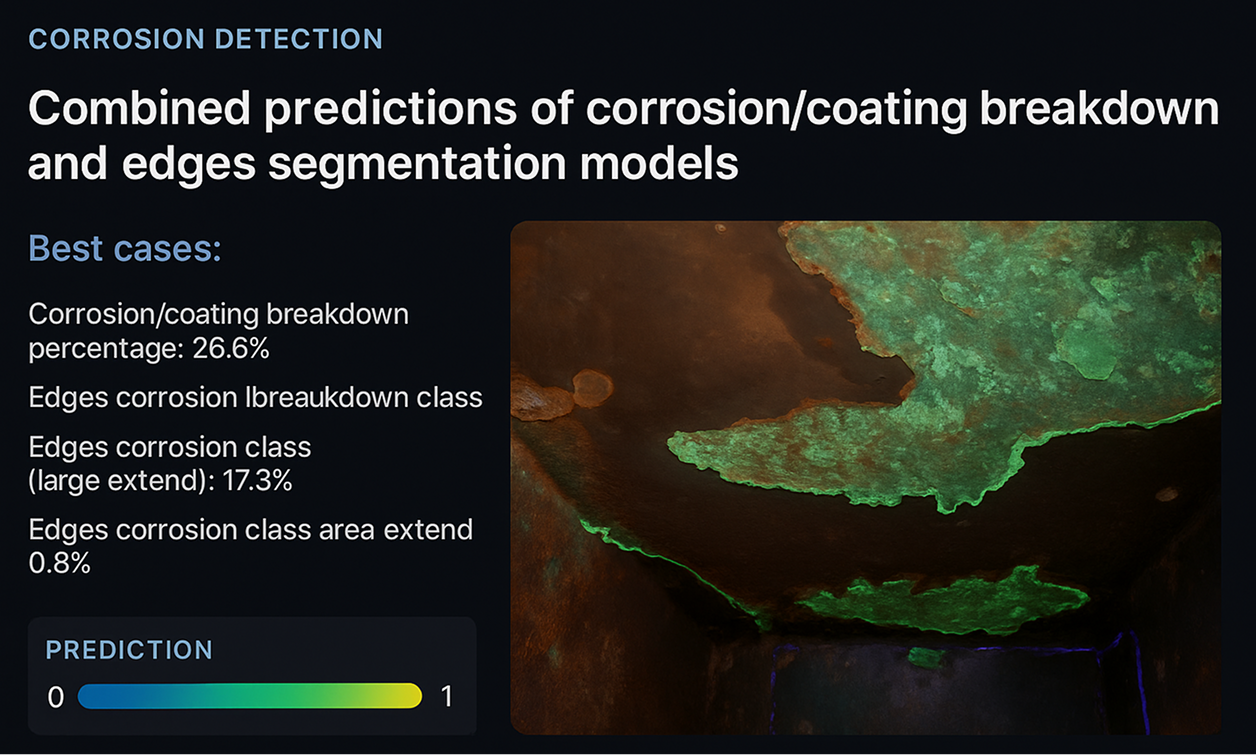This paper focuses on detecting road potholes during low-light conditions, such as nighttime, using deep learning models. The authors explore several advanced machine learning models, including YOLO, integrated with feature extraction methods like Grad-CAM++ and feature pyramid networks (FPN), to improve pothole detection accuracy in challenging lighting environments. A specialized dataset was used to simulate low-light conditions, and advanced data augmentation techniques were employed to improve model robustness. The proposed YOLOv11+FPN+Grad-CAM model outperforms other models in terms of mean average precision (mAP), making it highly effective for road hazard detection in real-world conditions.
Takeaways:
- Low-Light Performance: The proposed model excels in pothole detection under low-light conditions, crucial for nighttime road safety.
- Model Evaluation: YOLO-based models, particularly YOLOv11 combined with Grad-CAM and FPN, show superior performance with a mAP score of 0.72 and notable improvements in mAP50 and mAP75.
- Data Augmentation: Advanced techniques like random cropping, rotation, and noise injection were used to enhance model robustness under various environmental conditions.
- Feature Pyramid Networks: FPN integration improves detection accuracy by handling potholes of varying sizes effectively.
- Real-Time Application Potential: The paper outlines a potential real-time pothole detection system, including driver alerts, demonstrating practical applicability for enhancing road safety.
- Edge Device Deployment: The study emphasizes optimizing models for use on mobile and embedded devices, ensuring scalability in practical, real-world settings.


